Chapter 5
Introduction to the ACT English Test
The English test is not a grammar test. It’s also not a test of how well you write. In fact, it tests your editing skills: your ability to fix errors in grammar and punctuation and to improve the organization and style of five different passages. In this chapter, you’ll learn the basic strategy of how to crack the passages and review the grammar you need to know.
WHAT’S ON THE ENGLISH TEST
Before we dive into the details of the content and strategy, let’s review what the English test looks like. Remember, the five tests on the ACT are always given in the same order, and English is always first.
There are five prose passages on topics ranging from historical essays to personal narratives. Each passage is typically accompanied by 15 questions for a total of 75 questions that you must answer in 45 minutes. Portions of each passage are underlined, and you must decide if these are correct as written or if one of the other answers would fix or improve the selection. Other questions will ask you to add, cut, or reorder text, while still others will ask you to evaluate the passage as a whole.
WRITING
While the idea of English grammar makes most of us think of persnickety, picky rules long since outdated, English is actually a dynamic, adaptive language. We add new vocabulary all the time, and we let common usage influence and change many rules. Pick up a handful of style books, and you’ll find very few rules that everyone agrees upon. This is actually good news for studying for the ACT: You’re unlikely to see questions testing the most obscure or most disputed rules. However, few of us follow ALL of even the most basic, universally accepted rules when we speak, much less when we e-mail, text, or tweet.
The 4 C’s: Complete, Consistent, Clear, and Concise
ACT test writers will never make you name a particular error. But with 75 questions, they can certainly test a lot of different rules—and yes, that’s leaving out the obscure and debated rules. You would drive yourself crazy if you tried to learn, just for the ACT, all of the grammar you never knew in the first place. You’re much better off with a common sense approach. We’ll teach you the rules that show up the most often, and we’ll show you how to crack the questions that test them. What about all the rest of the questions? That’s where the 4 C’s come in.
Good writing should be in complete sentences; everything should be consistent; the meaning should be clear. The correct answer, free of any errors, will be the most concise. All of the rules we’ll review fall under one or more of the 4 C’s. But even when you can’t identify what a question is testing, apply the 4 C’s, and you’ll be able to answer even the most difficult questions.
We’ll explain in greater detail what the 4 C’s mean in the grammar review and in the following lessons. But first, let’s discuss your general strategies and overall approach to the English test.
HOW TO CRACK THE ENGLISH TEST
The Passages
As always on the ACT, time is your enemy. With only 45 minutes to review five passages and answer 75 questions, you can’t read a passage in its entirety, and then go back to do the questions. For each passage, work the questions as you make your way through the passage. Read from the beginning until you get to an underlined selection, work that question, and then resume reading until the next underlined portion and the next question.
The Questions
Not all questions are created equally. In fact, ACT divides the questions on the English test into two categories: usage and mechanics, and rhetorical skills. These designations will mean very little to you when you’re taking the test. All questions are worth the same number of points, after all, and you’ll crack most of the questions the same way, regardless of what ACT calls them. Many of the rhetorical skills questions, however, are on organization and style, and some take longer to answer than other questions. Since there is no order of difficulty of the passages or of the questions, all that matters is that you identify your Now, Later, Never questions and make sure you finish.
The best way to make sure you finish with as many correct answers as possible is to use our 5-step Basic Approach.
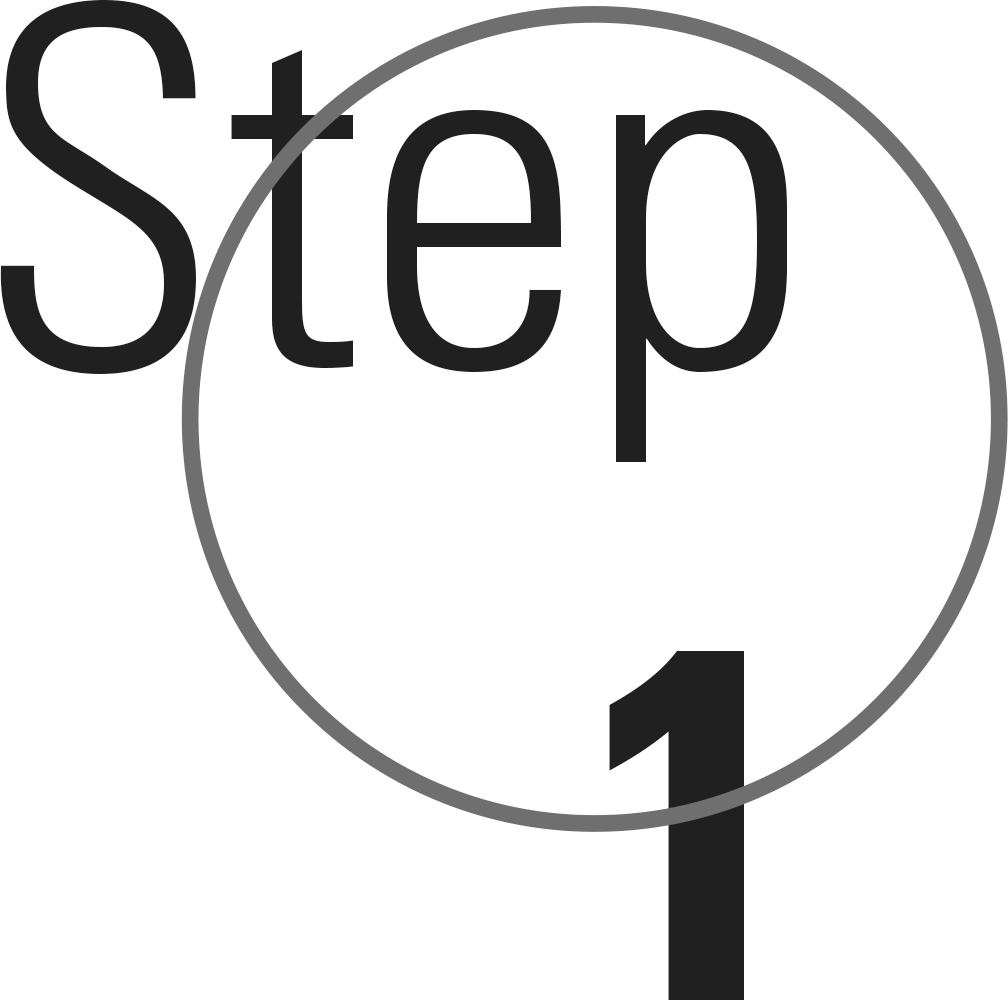
Step 1: Identify the Topic
For each underlined portion, finish the sentence, and then look at the answers. The answers are your clues to identifying what the question is testing. Let’s start off with this first question.
American Author Junot Díaz,1 was born in the Dominican Republic.
1.
A. NO CHANGE
B. author, Junot Díaz
C. author Junot Díaz
D. author, Junot Díaz,
Do any of the words change? No. What is the only thing that does change? Commas. So what must be the topic of the question? Commas.
Always identify the topic of the question first. Pay attention to what changes versus what stays the same in the answers.
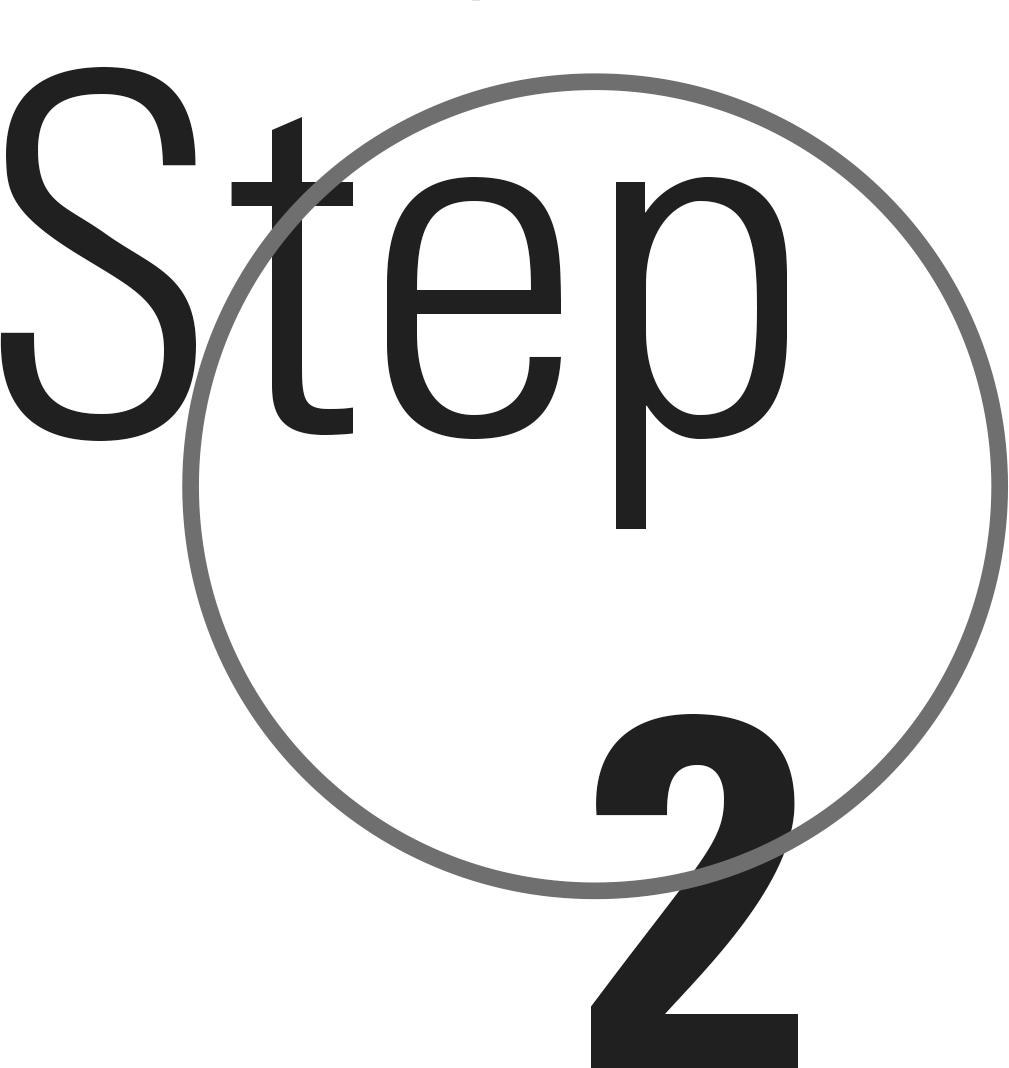
Step 2: Use POE
You may have chosen an answer for question 1 already. If you haven’t, don’t worry: We’ll review all the rules of commas in the next lesson. But let’s use question 1 to learn the next step, POE. To go from good to great on the English test, you can’t just fix a question in your head and then find an answer that matches. Instead, after you’ve identified what’s wrong, eliminate all the choices that do not fix the error.
For question 1, the comma after Díaz is unnecessary and should be deleted. Cross off the answers that leave it in, (A) and (D).
1.
A. NO CHANGE
B. author, Junot Díaz
C. author Junot Díaz
D. author, Junot Díaz,
Now compare the two that remain, (B) and (C). Do you need the comma after author? No, you don’t need any commas, so (C) is the correct answer. Here’s where you could have messed up if you didn’t use POE: If you knew all along you didn’t need any commas, you could have easily missed that new comma in (B) and chosen incorrectly. POE on English isn’t optional or a backup when you’re stuck. You have to first eliminate wrong answers, and then compare what’s left.
Let’s go on to the next step.
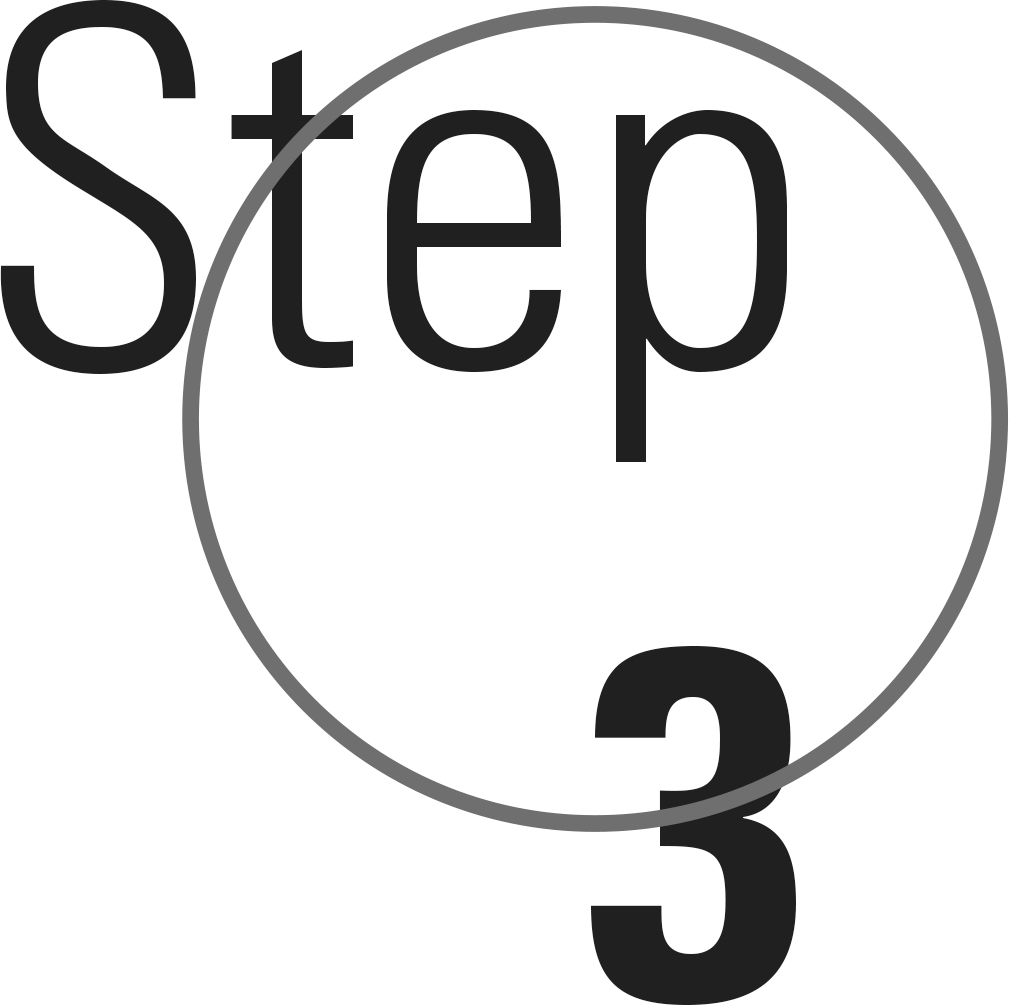
Step 3: Use the Context
Even though you may struggle with time on the English test, you can’t skip the non-underlined text in between questions in order to save yourself a few minutes. Take a look at this next question.
After Díaz won the 2008 Pulitzer Prize, many college literary courses will add2 his works to the curriculum.
2.
F. NO CHANGE
G. added
H. were adding
J. add
Don’t forget to apply the first two steps. The verb in the answer choices is changing, specifically verb tense. How do you know which tense to use? Look at the beginning of the sentence: The phrase After Díaz won tells us we want past tense, so eliminate the choices that don’t use past tense.
2.
F. NO CHANGE
G. added
H. were adding
J. add
This is the 4 C’s in action, or at least two of them: Between (G) and (H), (G) is most concise. The correct tense has to be consistent with the clues in the non-underlined portion. Between two choices that are technically grammatically correct, the more concise choice wins.
Don’t skip from question to question. The non-underlined text provides context you need.
Let’s move on to the next step.
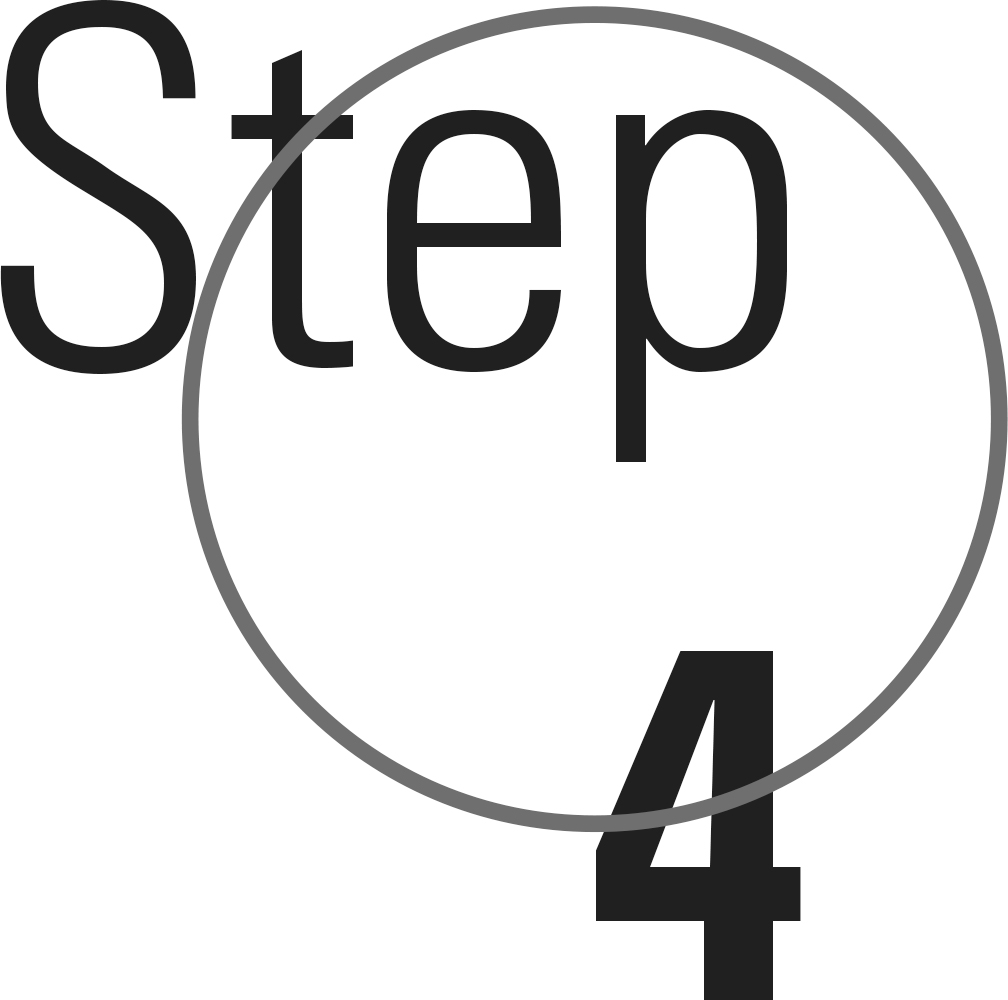
Step 4: Trust Your Ear, But Verify
For question 2, you may have never even considered (H) as serious competition for (G). It just sounds wrong, doesn’t it? Well, it turned out you were right. In fact, your ear is pretty reliable at raising the alarm for outright errors and clunky, awkward phrasing.
You should, however, always verify what your ear signals by confirming the actual error. Steps 1 and 2 will help with that: Use the answers to identify the topic, and use POE heavily.
But remember to be careful for errors your ear won’t catch. Using the answers to identify the topic will save you there as well.
Let’s try another question.
One college class chose Díaz’s The Brief Wondrous Life of Oscar Wao as their favorite book3 of the semester.
3.
A. NO CHANGE
B. it’s favorite book
C. they’re favorite book
D. its favorite book
That sounded pretty good to us, how about you? But before we circle NO CHANGE and go on our merry way, look at the answers to identify the topic and confirm there is no error. Only the pronoun changes, so the question is testing pronouns. We’ll go over all the rules about pronouns in Chapter 7, so we’ll just give a short explanation here. Their is a plural pronoun, but class is singular. Cross off (A) and (C)—(C) isn’t even the right type of pronoun, plural or not. Since we need a possessive pronoun, cross off (B) as well. Choice (D) is the correct answer.
Let’s move on to our last step.
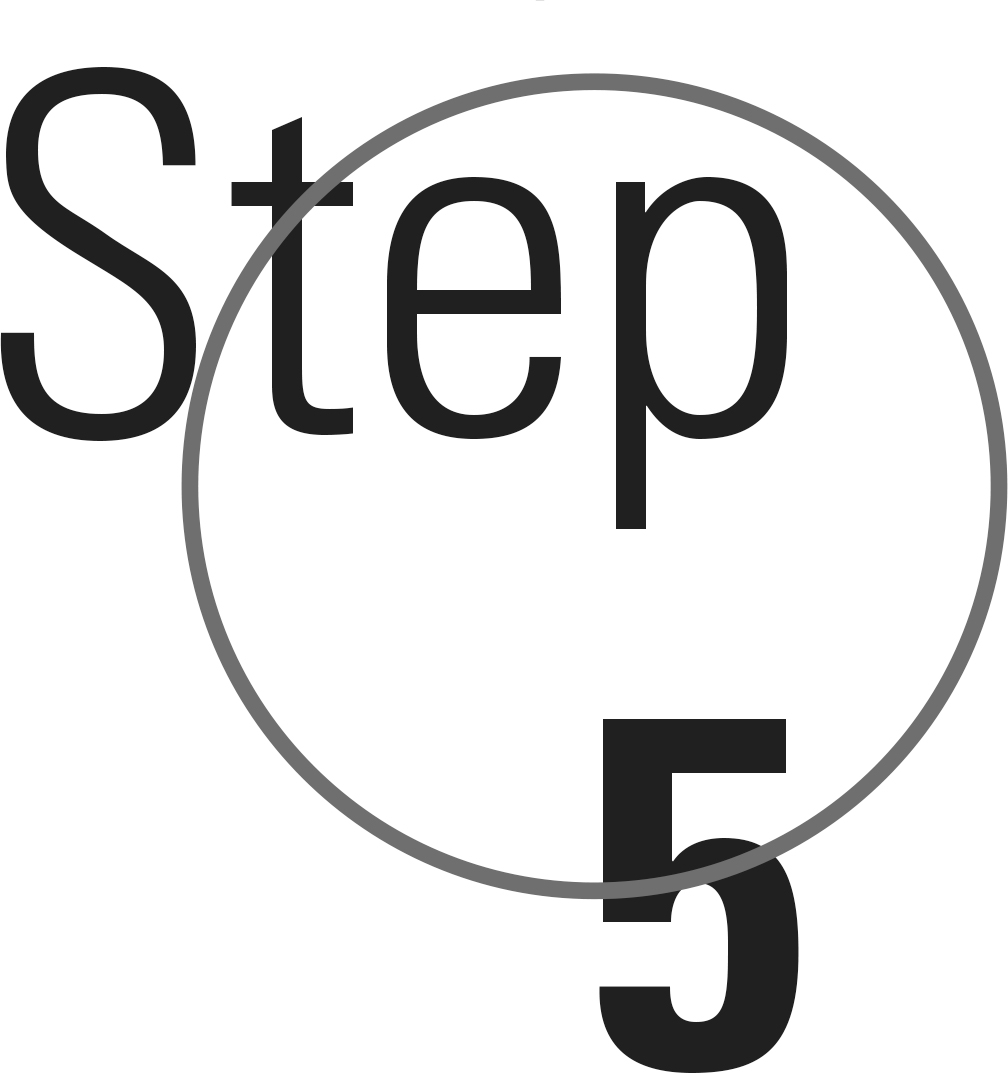
Step 5: Don’t Fix What Isn’t Broken
Read the next question.
Among a generation of new American writers, Díaz has emerged as4 one of the freshest, most original voices.
4.
F. NO CHANGE
G. been distinguished and deemed
H. come on the scene as
J. made a strong case to be called
Sounds okay, so go to Step 1, identify the topic. Remember that saved us with question 3. Everything seems to be changing in the answers for question 4: What the question is testing isn’t obvious at all. You can’t confirm what you can’t identify, so leave “NO CHANGE,” and apply the 4 C’s.
Does one of the answers fix something you missed?
Does one of the answers make the sentence better by making it more concise?
If the answer to both questions is No for all three other answers, the correct answer is (A), NO CHANGE.
NO CHANGE is a legitimate answer choice. Don’t make the mistake of assuming that all questions have an error that you just can’t spot. If you use the five steps of our Basic Approach, you’ll catch errors your ear would miss, and you’ll confidently choose NO CHANGE when it’s the correct answer.
Pace Yourself
Repeat Steps 1–5 as you make your way through all the questions on all five passages. Since there is no order of difficulty in the passages or questions, your pacing goal is to finish.
Goal Score
Use the pacing strategies and score grid on this page to find your goal score for each practice test and, eventually, the ACT.
GRAMMAR REVIEW
This is not an exhaustive review of English grammar. It is an overview of the most common rules tested on the English test. We focus on the rules that show up the most AND that we know you can easily identify. In the next two chapters, we’ll teach you how to crack those questions on the ACT. For now, we’ll introduce you to the terms and rules you need to know.
Verbs
What’s wrong with the following sentences?
-
Ryan play soccer.
-
Mary and Allison practices every day.
-
Next week, the team traveled to play its bitter rival.
-
Shivani has became the star of the team.
If you read thoughtfully, your ear probably caught all of the verb errors in these sentences. Remember, your ear will pretty reliably raise the alarm with many errors you’ll encounter on the English test. You don’t always need to know why a sentence is wrong to get the right answer, but the more you know why, the more you can count on getting that question right the next time it appears, and every time after that. Know the likely errors for verbs.
Subject-Verb Agreement
First, know your terms. A subject is the performer of an action. A verb is an action, feeling, or state of being. Verbs have to be consistent with their subjects. Singular subjects take the singular form of the verb, and plural subjects take plural forms of the verb.
The Rule
Your ear can alert you to many, if not most, subject-verb agreement errors.
As a general rule, singular verbs end with s and plural verbs do not.
Ryan plays soccer.
Mary and Allison practice every day.
Verb Tense
The tense of the verb changes with the time of the event.
Simple Tense
ACT tests your ability to choose from among the three simple tenses.
Past: Last year, the team finished in last place.
Present: This year, the team plays a demanding schedule.
Future: Next week, the team will travel to play its bitter rival.
Perfect Tenses
The perfect tenses provide additional ways to place an event in time. On the ACT, the perfect tenses appear less often than do the simple tenses.
Past perfect: Before I went to the performance with Kelly, I had never appreciated ballet before.
Use the past perfect to make clear the chronology of two events completed at a definite time in the past, one before the other.
Present perfect: I have lived in Chicago for ten years. I have read all the Harry Potter books.
Use the present perfect to describe an event that began in the past and continues into the present, or to describe an event that was completed at some indefinite time before the present.
Future perfect: Jim will have left by the time I arrive.
Use the future perfect to describe an event that will be completed at a definite later time.
Irregular Verbs
ACT tests heavily the correct past participle of irregular verbs. Participle refers to the form the verb takes when it’s paired with the helping verb to have to form a perfect tense. For regular verbs, the simple past tense and the past participle are the same.
I called you last night. I have called you several times today.
For irregular verbs, the two are different.
Shivani became the star of the team, or Shivani has become the star of the team.
Here is a list of some common irregular verbs.
Infinitive
Simple Past
Past Participle
become
became
become
begin
began
begun
blow
blew
blown
break
broke
broken
bring
brought
brought
choose
chose
chosen
come
came
come
drink
drank
drunk
drive
drove
driven
eat
ate
eaten
fall
fell
fallen
fly
flew
flown
forbid
forbade
forbidden
forget
forgot
forgotten
forgive
forgave
forgiven
freeze
froze
frozen
get
got
gotten
give
gave
given
go
went
gone
grow
grew
grown
hide
hid
hidden
know
knew
known
lay
laid
laid
lead
led
led
lie
lay
lain
ride
rode
ridden
ring
rang
rung
rise
rose
risen
run
ran
run
see
saw
seen
shake
shook
shaken
sing
sang
sung
speak
spoke
spoken
spring
sprang
sprung
steal
stole
stolen
swim
swam
swum
take
took
taken
teach
taught
taught
tear
tore
torn
throw
threw
thrown
wear
wore
worn
write
wrote
written
Pronouns
What’s wrong with the following sentences?
-
The team nominated their goalie the most valuable player.
-
My friends and me took the train downtown.
-
Her and I worked on the group project together.
-
The crowd pushed Cesar and I onto the stage.
Pronoun Agreement
First, know your terms. Pronouns take the place of nouns. Pronouns have to be consistent with the nouns they replace in number and in gender.

The team nominated its goalie the most valuable player.
Pronoun Case
Pronouns also need to be consistent with the function they perform in a sentence. There are three different cases of pronouns: subject, object, and possessive.

My friends and I took the train downtown.
She and I worked on the group project together.
The crowd pushed Cesar and me onto the stage.
Modifiers
What’s wrong with these sentences?
-
No one took her warnings serious.
-
Blizzard is a charmingly energetically puppy.
-
Farid is more busy than Wesley is.
-
Lara was the beautifulest girl at the prom.
Adjectives and Adverbs
Adjectives modify nouns. Adverbs modify everything else, including verbs, adjectives, and other adverbs. Most adverbs are formed by adding -ly to the end of an adjective.
No one took her warnings seriously.
Blizzard is a charmingly energetic puppy.
Comparisons and Superlatives
For most adjectives, an -er at the end makes a comparison, and an -est makes a superlative. But some adjectives need instead the word more for a comparison and the word most for a superlative.
Farid is busier than Wesley is.
Lara was the most beautiful girl at the prom.
In the following chapters, we’ll show you how these rules appear on the ACT and how to crack those questions. We’ll also discuss some of the more difficult and challenging concepts that you may face.
Summary
-
Identify what the question is testing by changes in the answer choices.
-
Use POE heavily.
-
Don’t skip the non-underlined text: Use it for context.
-
Trust your ear, but verify by the rules.
-
NO CHANGE is a legitimate answer choice.
-
Good writing should be complete, consistent, clear, and concise.
